The ethnocide of native American children in Canada by Catholic residential schools
The legacy of Canada’s Indian Residential Schools is one of profound suffering, cultural annihilation, and the enduring consequences of systemic ethnocide. Operated primarily by Christian organizations, including the Catholic Church, these institutions were designed to forcibly assimilate Indigenous children into Euro-Canadian society, erasing their languages, traditions, and spiritual beliefs. The discovery of unmarked graves at sites like Kamloops Indian Residential School in 2021 has brought renewed scrutiny to this dark chapter in Canadian history and exposed the devastating role of religious institutions in perpetuating harm under the guise of education and salvation.

Study period at Roman Catholic Indian Residential School, Resolution, Northwest Territories, Canada, date unknown. In schools like these, Indigenous children were subjected to cultural suppression, abuse, and neglect. Source: Wikimedia Commonsꜛ (license: CC BY-SA 2.0)
Historical context of Indian Residential Schools
The Indian Residential School system in Canada began in the 19th century as part of a broader policy of assimilation and colonization. The Canadian government, in collaboration with Christian churches, pursued a strategy to “civilize” Indigenous peoples by systematically eradicating their cultural identities and integrating them into the dominant Euro-Canadian society. The government provided funding, while religious organizations, including the Catholic Church, administered the schools. By the 1930s, over 70% of residential schools were under the control of the Catholic Church. Attendance was not voluntary; Indigenous children were often forcibly removed from their families and placed in institutions far from their homes. Once there, they were forbidden from speaking their native languages or engaging in spiritual and cultural traditions, further severing their ties to their communities and heritage.
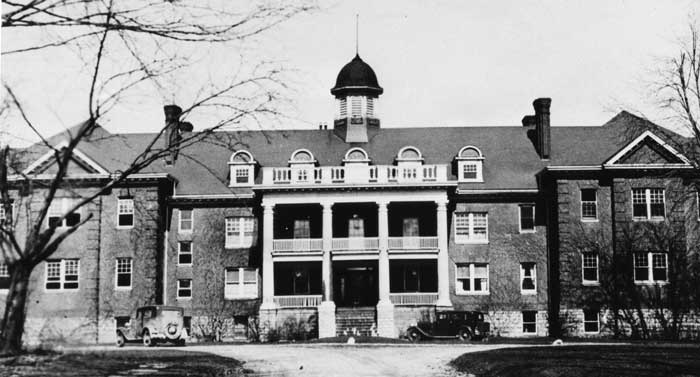
Mohawk Institute Indian Residential School in Brantford, Ontario, Canada in 1932. Source: Wikimedia Commonsꜛ (license: public domain)

Number of schools and residences 1867–1998. Source: Wikimedia Commonsꜛ (license: CC BY-SA 1.0)
Ethnocide in practice
The Indian Residential School system was not merely an educational initiative but a calculated effort to erase Indigenous cultures. The suppression of language and cultural traditions was a core component of this system. Children were strictly prohibited from speaking their native languages, with severe punishments imposed for violations, including physical abuse. Indigenous spiritual practices and traditions were systematically replaced with Christian teachings, which were presented as morally superior, reinforcing the devaluation of Indigenous identities.

St. Paul’s Indian Industrial School, Middlechurch, Manitoba, 1901. Source: Wikimedia Commonsꜛ (license: public domain)
Beyond cultural suppression, abuse and neglect were rampant in these institutions. Many children suffered from physical, emotional, and sexual abuse at the hands of school staff, including clergy members. The TRC documented thousands of cases of such abuse. Overcrowding, inadequate nutrition, and substandard medical care were common, contributing to the rapid spread of diseases such as tuberculosis. Many children did not survive these conditions, leading to an alarming mortality rate within the system.
Students of St. Anne’s Indian Residential School in Fort Albany, Ontario, c. 1945. Source: Wikimedia Commonsꜛ (license: public domain)
The discovery of unmarked graves at former residential school sites further underscores the brutality of this system. In 2021, the remains of 215 Indigenous children were uncovered at Kamloops Indian Residential School, confirming the long-held oral histories of survivors regarding the deaths and disappearances of their peers. The TRC estimated that at least 3,201 children perished in these schools, though the true number is likely much higher due to incomplete and suppressed records. RC chair Justice Murray Sinclair has suggested that the number of deaths may exceed 6,000.
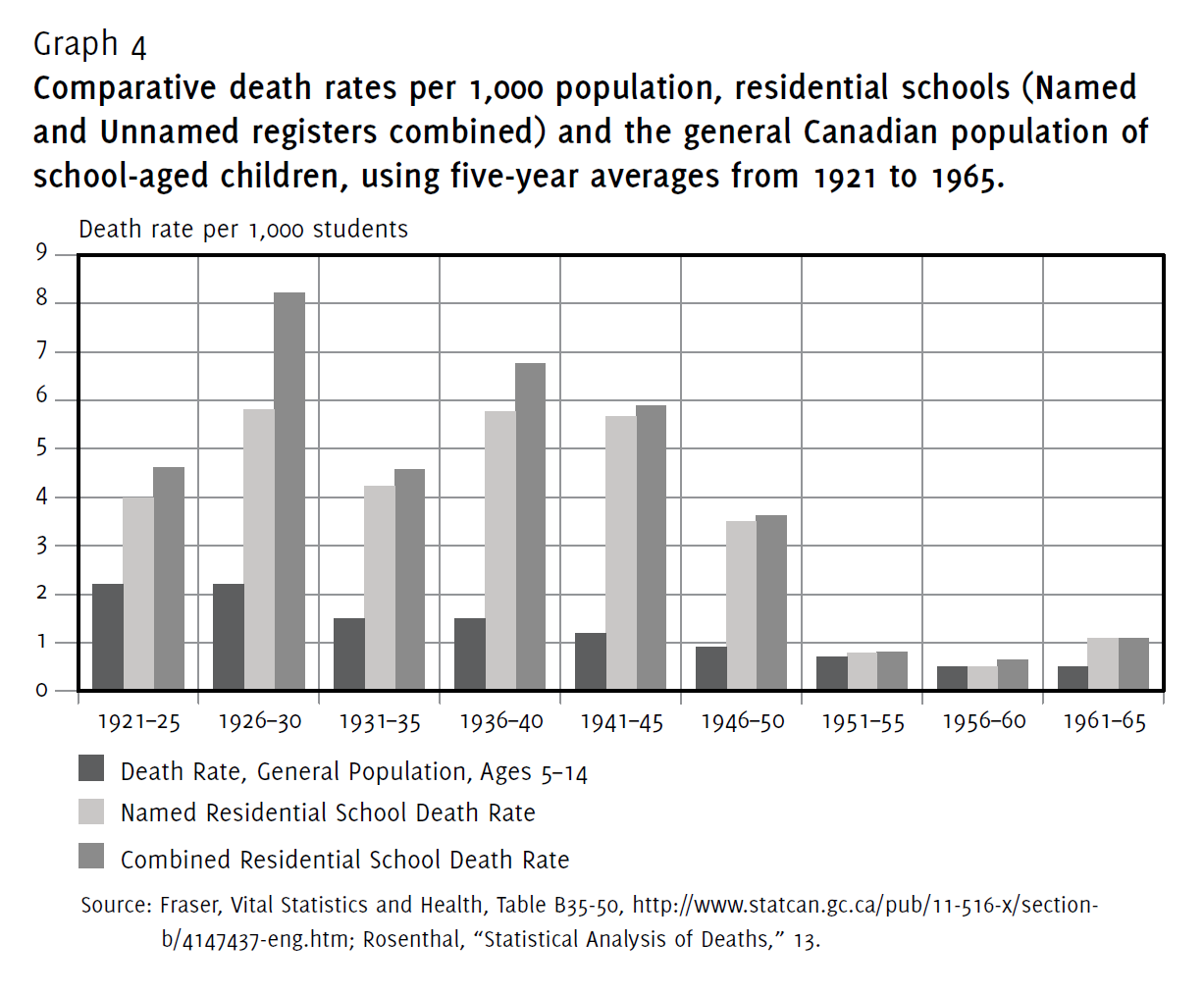
Comparative death rates per 1,000 for school aged children in Canada (1921–1965). Source: Wikimedia Commonsꜛ (license: CC BY-SA 1.0)
Kamloops Indian Residential School: A symbol of suffering
The Kamloops Indian Residential School in British Columbia, administered by the Catholic Church, became an emblem of the horrors of the residential school system when the discovery of 215 unmarked graves came to light in 2021. This revelation validated survivor testimonies and exposed the widespread, systemic neglect that characterized these institutions. However, Kamloops was not an isolated case. Similar findings at other residential school sites across Canada highlight a broader pattern of abuse, cultural destruction, and institutional indifference toward Indigenous lives.

Kamloops Indian Residential School c. 1930. Source: Wikimedia Commonsꜛ (license: public domain)
Findings of the truth and reconciliation commission
The Truth and Reconciliation Commission (TRC), established in 2008, undertook a comprehensive investigation into the Indian Residential School system, documenting survivor testimonies and examining the long-term consequences of these institutions. The final report, released in 2015, offered damning conclusions. It characterized the residential school system as a form of cultural genocide, demonstrating that these institutions were deliberately designed to obliterate Indigenous identities and replace them with Euro-Canadian norms. The report also emphasized the extensive intergenerational trauma suffered by Indigenous communities, with survivors and their descendants experiencing disproportionately high rates of psychological distress, substance abuse, and socioeconomic hardship. Furthermore, the TRC highlighted the central role of the Catholic Church and other Christian institutions in operating these schools, making them complicit in the systematic harm inflicted on Indigenous peoples. The Commission issued 94 Calls to Action, advocating for government and church accountability, public education on the atrocities, and concrete steps toward reconciliation.

Map of residential schools, including gravesites. Red: Ground anomaly discoveries, Yellow: Investigations underway as of July 30, 2021, Blue: Investigations that concluded with no discoveries, Grey: Other Indian Residential Schools. Source: Wikimedia Commonsꜛ (license: public domain)
Contradictions with Christian teachings
The role of the Catholic Church in the residential school system stands in stark contradiction to core Christian values of love, compassion, and human dignity. While the Church professed to save Indigenous children’s souls, its actions dehumanized and brutalized them. The systematic destruction of Indigenous cultures, coupled with widespread abuse and neglect, directly contravened principles of justice and compassion. The Church’s prioritization of institutional authority over the welfare of children further demonstrated its failure to uphold its own ethical and moral standards.
Legacy and accountability
The consequences of the Indian Residential School system persist in Indigenous communities today. Survivors and their descendants continue to grapple with the long-term effects of intergenerational trauma, manifesting in high rates of mental health challenges, substance abuse, and economic disadvantage. The suppression of Indigenous languages and traditions has left many cultural practices on the brink of extinction. Efforts to seek justice and accountability remain ongoing, with survivors demanding full transparency, apologies, reparations, and the release of withheld Church records to uncover the full extent of the abuses perpetrated.

A cairn erected in 1975 marking the Battleford Industrial School cemetery. Source: Wikimedia Commonsꜛ (license: CC BY-SA 3.0)
The Catholic Church has been slow to fully acknowledge its role in the residential school system. Although Pope Francis issued an apology in 2022 during a visit to Canada, many survivors criticized the Church’s reluctance to provide reparations or fully disclose historical records. This lack of accountability has deepened the pain and mistrust felt by Indigenous communities, further complicating efforts toward reconciliation.

Mohawk Institute Indian Residential School in Brantford, Ontario, Canada in 2013. Today, the building serves as the Woodland Cultural Centre, a museum and cultural center dedicated to preserving Indigenous history and heritage. Source: Wikimedia Commonsꜛ (license: CC BY-SA 3.0)
Moving toward reconciliation
Reconciliation requires a sincere and sustained commitment to addressing the harms caused by the Indian Residential School system. This includes unequivocal acknowledgment by both the Church and the Canadian government of their roles in perpetuating ethnocide. Financial reparations and comprehensive mental health services must be provided to survivors and their descendants to aid in the healing process. Public education initiatives should ensure that the true history of residential schools is widely known and understood, preventing future atrocities. Additionally, institutional reforms within the Catholic Church must be undertaken to align its practices with principles of justice and accountability.
Conclusion
The legacy of Canada’s Indian Residential Schools is one of immense suffering, intergenerational trauma, and systemic injustice. Indigenous communities continue to fight for recognition, justice, and the preservation of their cultures in the face of historical and ongoing oppression, yet genuine accountability remains elusive. The Catholic Church and the Canadian government have been slow to take full responsibility for the atrocities committed, often opting for symbolic gestures rather than substantive reparations or institutional reforms. The failure to fully disclose historical records and provide adequate reparations highlights a broader pattern of minimizing complicity.
The complicity of Christianity in colonialism and genocide extends far beyond Canada. In South America, Catholic missionaries often justified the forced conversion, enslavement, and cultural eradication of Indigenous populations, with figures such as Bartolomé de las Casas simultaneously condemning and reinforcing colonial oppression. Papal bulls in the 15th such as Dum Diversas (1452), Romanus Pontifex (1455), and Inter Caetera (1493) century legitimized the seizure of Indigenous lands worldwide and remains foundational documents in legal justifications for colonialism. Likewise, Christianity played a central role in the transatlantic slave trade, with European powers using religious doctrine to rationalize the systematic enslavement and genocide of African peoples, leading to what some scholars refer to as the “Black Holocaust”. Christian institutions benefited from and actively participated in these atrocities, demonstrating a broader pattern of religious complicity in systems of oppression.
True reconciliation cannot occur without genuine efforts to dismantle the lingering structures of colonial violence and religious paternalism that continue to disadvantage Indigenous peoples. The burden of addressing these historical crimes must not fall solely on Indigenous communities; it is the responsibility of the institutions that perpetuated them to take decisive and meaningful action.
References and further reading
- Wikipedia article on the Canadian Indian residential school systemꜛ
- Truth and Reconciliation Commission of Canada, Final Report of the Truth and Reconciliation Commission of Canada, Volume One: Summary: Honouring the Truth, Reconciling for the Future By The Truth and Reconciliation Commission of Canada, 2015, James Lorimer & Company, ISBN: 978-1-4594-1067-1
- Truth and Reconciliation Commission of Canada, Canada’s Residential Schools: The Métis Experience: The Final Report of the Truth and Reconciliation Commission of Canada, Volume 3, 2016, McGill-Queen’s University Press, ISBN: 978-0-7735-9823-2
- Milloy, John S., A National Crime: The Canadian Government and the Residential School System, 2017, 2nd ed., University of Manitoba Press, ISBN: 978-0-88755-519-0
- Miller, J.R., Residential Schools and Reconciliation: Canada Confronts its History, 2017, University of Toronto Press, ISBN: 978-1-4875-0218-8
- MacDonald, David B., Sleeping Giant Awakens: Genocide, Indian Residential Schools, and the Challenge of Conciliation, 2019, University of Toronto Press, ISBN: 978-1-4875-2269-8
- Jana G. Pruden; Mike Hager, Anthropologist explains how she concluded 200 children were buried at the Kamloops Residential School, July 15, 2021, The Globe and Mail, linkꜛ
- Indigenous Groups in Canada Call for Nationwide Search After Recent Discovery of Mass Grave at Kamloops Indian Residential School, June 1, 202, The Daily NewsBrief, linkꜛ
- Austen, Ian, ‘Horrible History’: Mass Grave of Indigenous Children Reported in Canada, May 28, 2021, The New York Times, ISSN: 0362-4331, linkꜛ
- Miller, J. R., Shingwauk’s Vision: A History of Native Residential Schools, 1996, University of Toronto Press, ISBN: 978-0802078582
- Woolford, Andrew, This Benevolent Experiment: Indigenous Boarding Schools, Genocide, and Redress in Canada and the United States, 2018, University of Nebraska Press, ISBN: 978-1496203861
- Blackburn, Carole, Harvest of Souls: The Jesuit Missions and Colonialism in North America, 1632–1650, 2000, McGill-Queen’s University Press, ISBN: 978-0773520479
- Website of the Canadian National Centre for Truth and Reconciliationꜛ Here are some book references you can include:

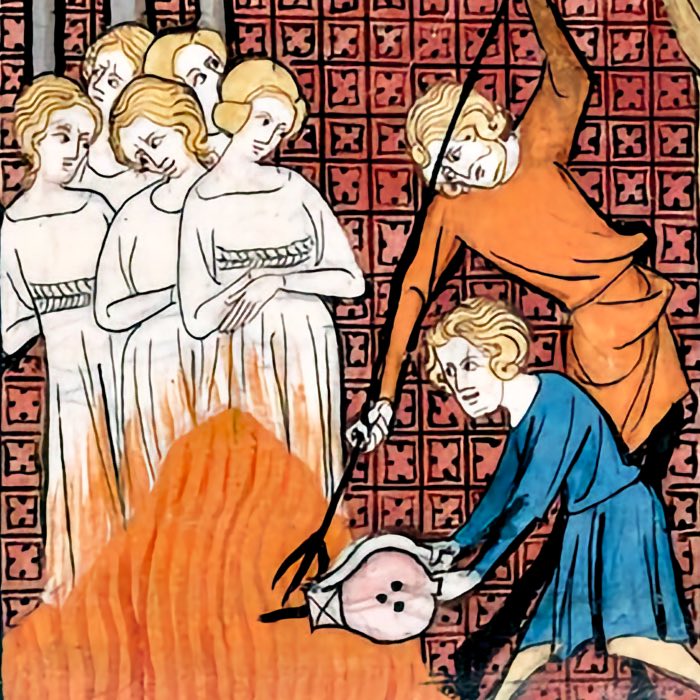
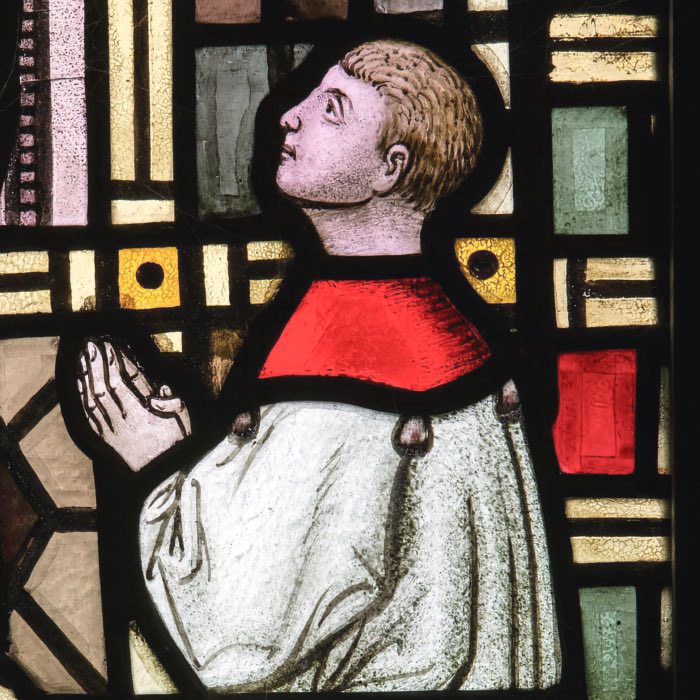
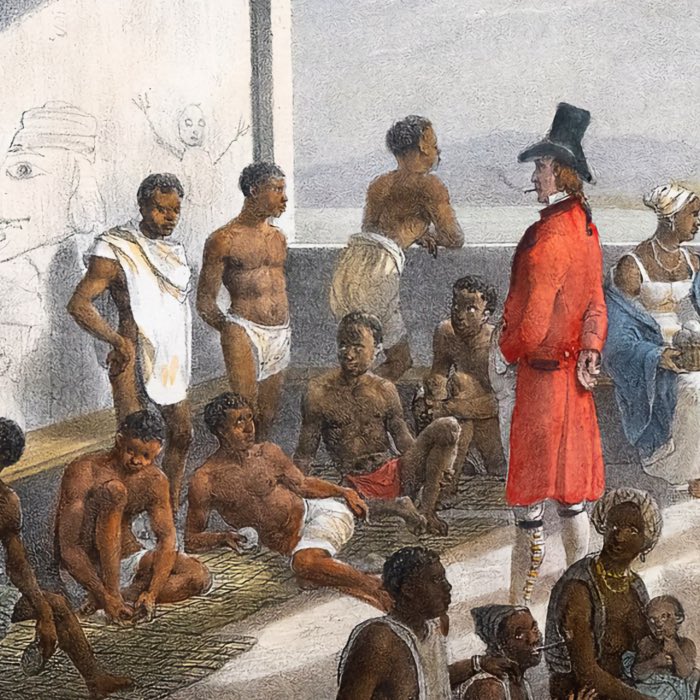
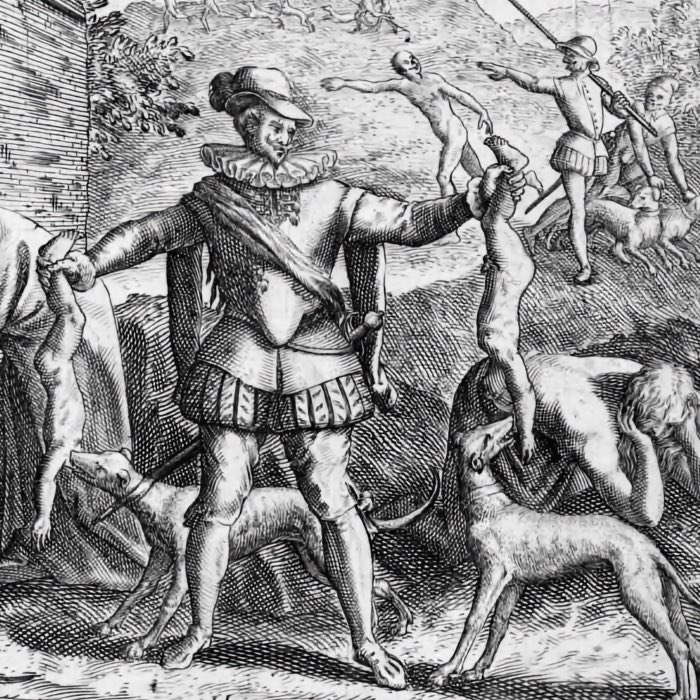
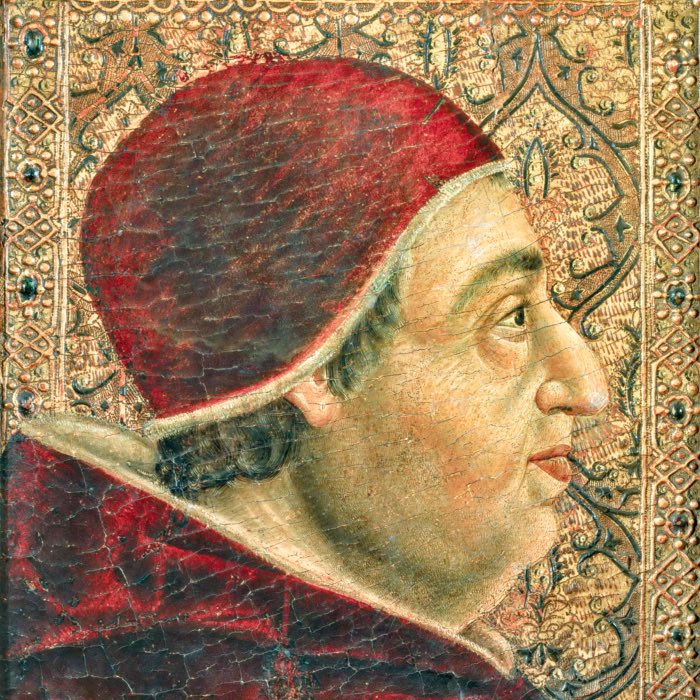
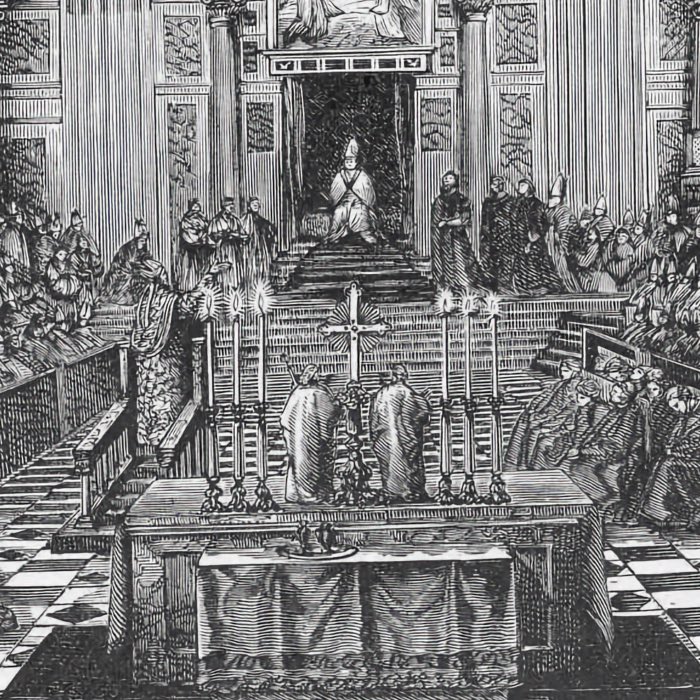
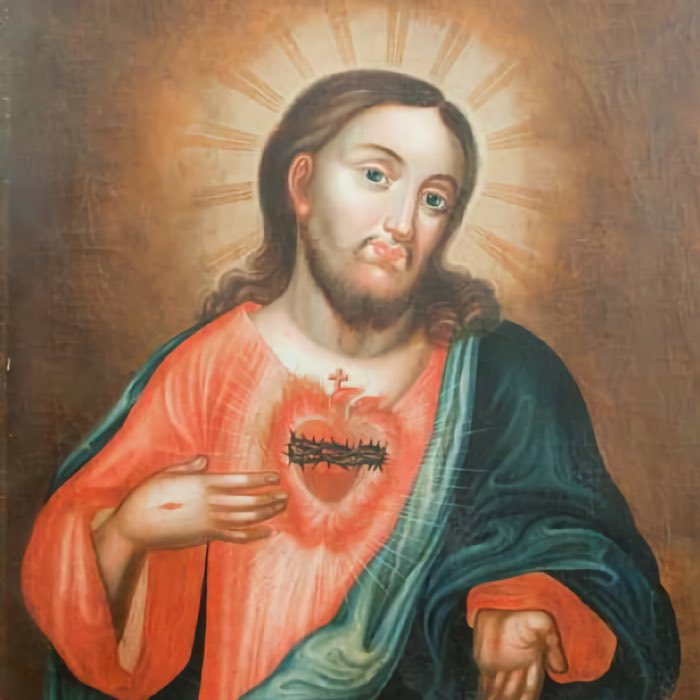
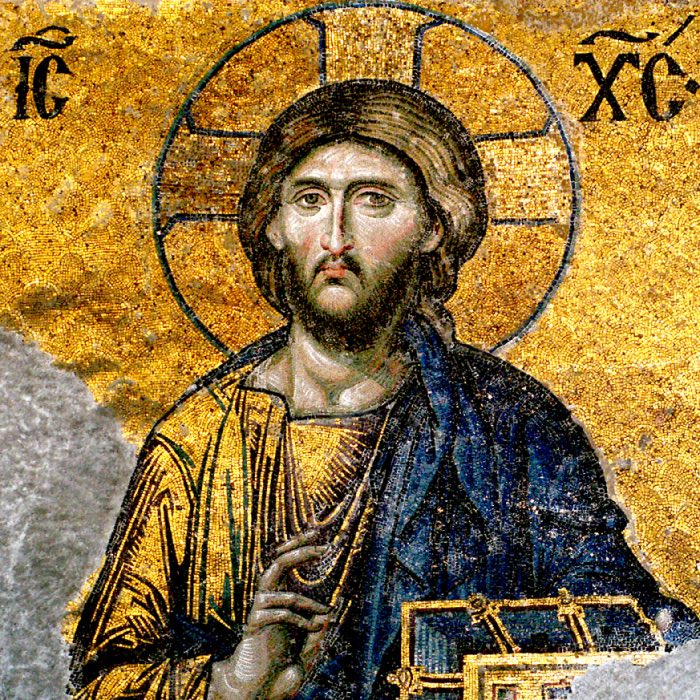


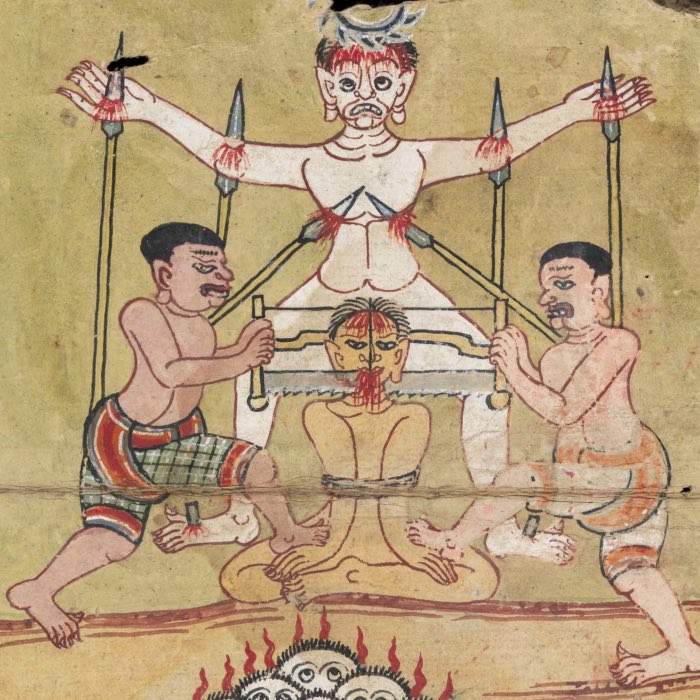

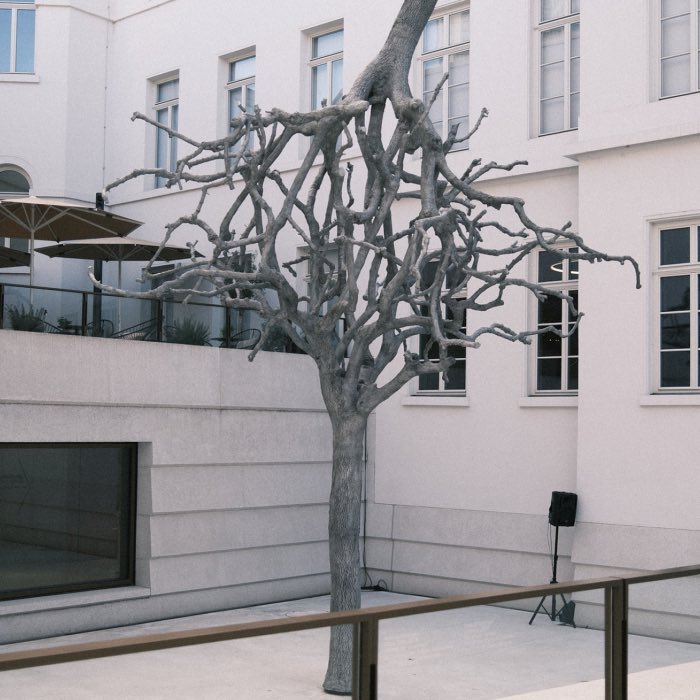
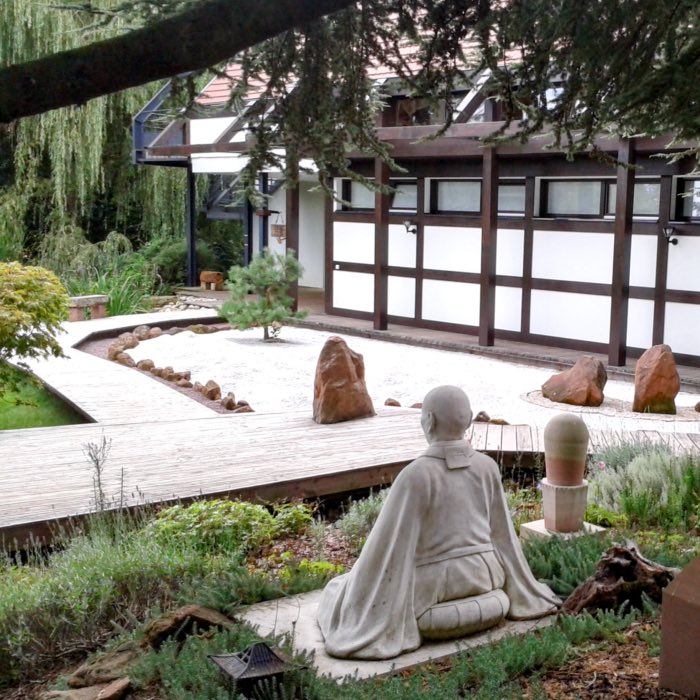
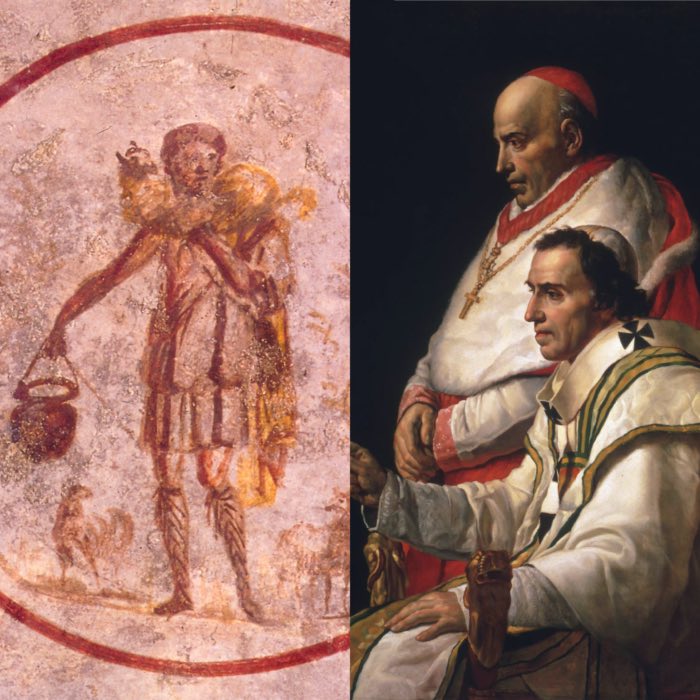
comments